Change, this is the thing which happen in every day in the world. Or we can said that everything has change, such as the technology, the thought of people, the scientific research and so on. However, following the change is not an easily thing, sometimes the undeserved management will resistance to change. As the Mullins (2010) said: “there is little management can do about resistance to change”. When the change has be impeded, the company will in the dry tree. Due to the drastic competitive, the companies should have a clipping solutions when the change happened (Eisold, 2010). There are four causes will resistance to change. The first point is poor communication, the leaders should as the key decision makers when the changes start. Thus, the leaders should collect the first-hand information for making decision at quickly. Then, the poor communication will retard the speed of collecting. Secondly, self-interest also will rejection of change, for example, some want to maintain the status because the personal reason; others maybe have the different motivations (Brookins, 2015). The next one is feeling excluded. When the employees feel excluded, they will lose the enthusiasm of working. In addition, employees also will lose the opportunity to expound their opinions (Rozycki, 2015). The final and most important one is lack of trust. Trust plays an indispensable role in a successful organization. Then, when the organization is lack of trust between the managers and employees, it cannot development for making change (Brookins, 2015).
The causes of resistance to change have been found, then the managers should think the solution to avoiding and overcoming these resistance. In this process, the managers will play a decisive role, because the managers have the power to issue orders. The managers have the initiative to solve these resistance to change (Bovey & Hede, 2001). Firstly, the managers should be an information collector. They should need their communicative competence to taking with employees, this action can help the managers get the truly feedback from subordinates. In addition, this communication also will made the employees to feeling the participant. Thereby, the employees will give the active attitude for the change (Ford, D’Amelio & Ford, 2008). Secondly, managers should also be a target mentor. When the team members have difference personal target, the team will disintegrated. Thus, the managers must keep that there is only one target for team. Finally, the managers should as an image for employees. It will reduce the conflict of management, when the subordinates have enough trust for their leader. Actually, building the trust, the leaders should have the personality charm and achievement (Mutihac, 2010).
Although the companies always ponder the method to avoiding the resistance, the process of overcoming resistance also will bring the unexpected benefit for companies. For instance, there is a chance for improve the communication between managers and employees. Moreover, when the managers and subordinates on common to solve this problem, the true between them also will enhanced. Thus, the successful leaders regard these resistance as a stumbling block, they think it can be the opportunities (Yilmaz & Kilicoglu, 2013). There are three model for change management, Lewin’s Change Management Model, McKinsey 7s Model, and, Kotter’s 8 Step Change Model (Normandin, 2012). For my viewpoint, the Lewin’s model should been the first choose. The first reason is that this model is the most easily one, Lewin’s model only has three stages, Unfreeze, Transition, and, Refreeze. Although he did not give the specific precess for these three steps, he already give the accurate explain for the meaning of stages (Kritsonis, 2005).
The successful managers can give a speediness and effective crisis public relations when the companies happened some scandal. For example, TESCO had a £250m accounting scandal in 2014, and TESCO lose 16.5% share in week by the influence for this scandal, it means wiping the £3bn off firm’s value (Butler & Farrell, 2014). Furthermore, Dave Lewis who is the CEO of TESCO send an e-mail to thousands of staff in immediately. In this e-mail, he put forward his opinion for change the culture of TESCO. He believed that the reason for this scandal is opaque operate on the accounting. Then, his proposal is keeping integrity and transparency at all times (Butler & Farrell, 2014). His reformation measures help the TESCO to pull through the harmful impact of this scandal. The reaction and strain capacity of managers will decide the companies can be survival or not after the scandal. Certainly, insisting the moral bottom line and keeping the well-deserved reputation are the key factor for sustainable development of companies. For the food retail industry, the food safety issue is the never despise the ethics.
Reference:
Bovey, W. H., & Hede, A. (2001). Resistance to Organizational Change: the Role of Cognitive and Affective Processes. Leadership & Organization Development Journal. Vol. 22. No. 8. Pp. 372-382.
Brookins, M. (2015). What Causes Resistance to Change in an Organization? [Online]. Available at: http://smallbusiness.chron.com/causes-resistance-change-organization-347.html [Accessed 16 Jun. 2015].
Butler, S., & Farrell, S. (2014). TESCO must Change Culture and Reinvent Brand, New Boss Tells Employees. [Online]. Available at: http://www.theguardian.com/business/2014/sep/26/tesco-must-change-culture-reinvent-brand [Accessed 16 Jun. 2015].
Eisold, K. (2010). Resistance to Change in Organizations. [Online]. Available at: https://www.psychologytoday.com/blog/hidden-motives/201005/resistance-change-in-organizations [Accessed 16 Jun. 2015].
Ford, J. D., Ford, L. W., & D’Amelio, A. (2008). Resistance to Change: the Rest of the Story. Academy of Management Review. Vol. 33. No. 2. Pp. 362-377.
Kritsonis, A. (2005). Comparison of Change Theories. International Journal of Management, Business, and Administration. Vol. 8. No. 1.
Mutihac, R. (2010). Managing Resistance and the Use of Internal Communication in Organizations Undergoing Change. Asrhus School of Business. Department of Language and Business Communication.
Normandin, B. (2012). Three Types of Change Management Models. [Online]. Available at: http://quickbase.intuit.com/blog/2012/08/28/three-types-of-change-management-models/ [Accessed 16 Jun. 2015]
Rozycki, E. G. (2015). Employee Resistance to Organizational Change. [Online]. Available at: http://www.newfoundations.com/OrgTheory/Bolognese721.html [Accessed 16 Jun. 2015].
Yilmaz, D., & Kilicoglu, G. (2013). Resistance to Change and Ways of Reducing Resistance in Educational Organizations. European Journal of Research on Education. Vol. 1. No. 1. Pp. 14-21.
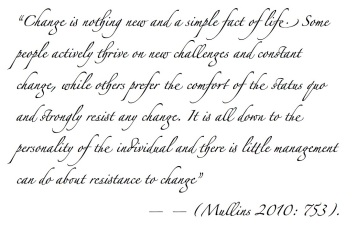
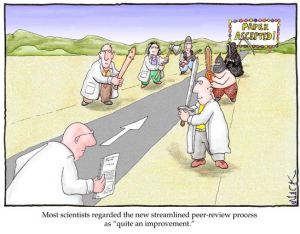

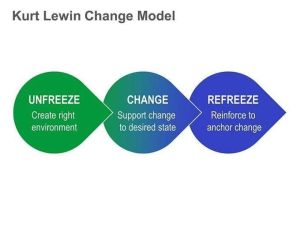
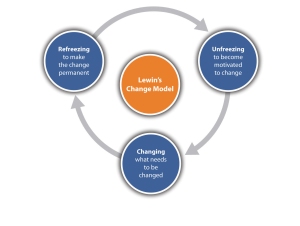
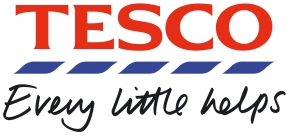
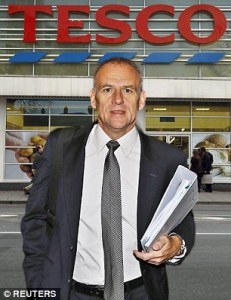
I agree that change sometimes is an annoying challenge that we all need to face. I think change happens only when the old system can no longer meets the needs of its people; this principle holds true for a society, a company, a family, and even a person alone. Revising the system to suit the new situation is the best solution to face change, and it is also a way to avoid letting change to be out of control and turn into a “revolution.”
LikeLike
Change means from manager to employees, but revolution is total different, it means from employees to manager. Then, the manager should think about how to made the employees follow his order to change.
LikeLike
I can not say I disagree with the Lewin’s Change Management Model. But just this theory only give us a general idea about how to make change with a slow model in order to let people get use to the change.( only my knowledge about Lewin’s Change Management Model) I think McKinsey 7s Model is a better way to consider if the company is during a transformation time. McKinsey 7s model do not only consider the hardware for the company but also have a good thought on the software( style,skill,staff and shared values). Nowadays the hardware is still very important but with the more consideration on the human rights the software will play a key role during the transformation.
LikeLike
The each model has the advantages and disadvantages, just the difference models are fit for difference companies.
LikeLike
Leader plays a key role when the change happens. change provides opportunities for organization, if the leader choose right, the organization will be stronger.
LikeLike
The problem is we cannot know the validity of leader’s choose, then some employees will oppose his change. Then, the main challenge for leader is how to made employees to trust him, and support change.
LikeLike